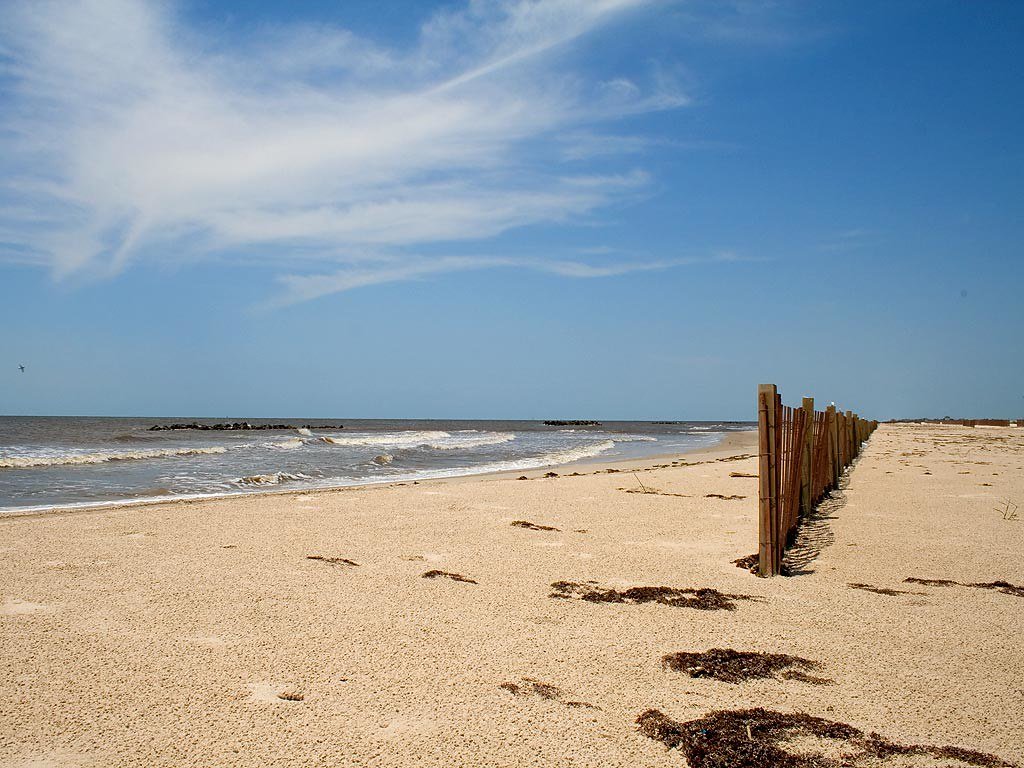Imagine the largest creature ever to have lived on Earth slowly sinking into the deepest, darkest corners of the ocean. When a whale dies, something extraordinary happens – something that transforms death into life in ways that would make any Hollywood special effects team jealous. The death of a single whale creates an underwater oasis that can sustain entire ecosystems for decades, sometimes even centuries.
The Moment of Death – A Giant’s Final Breath
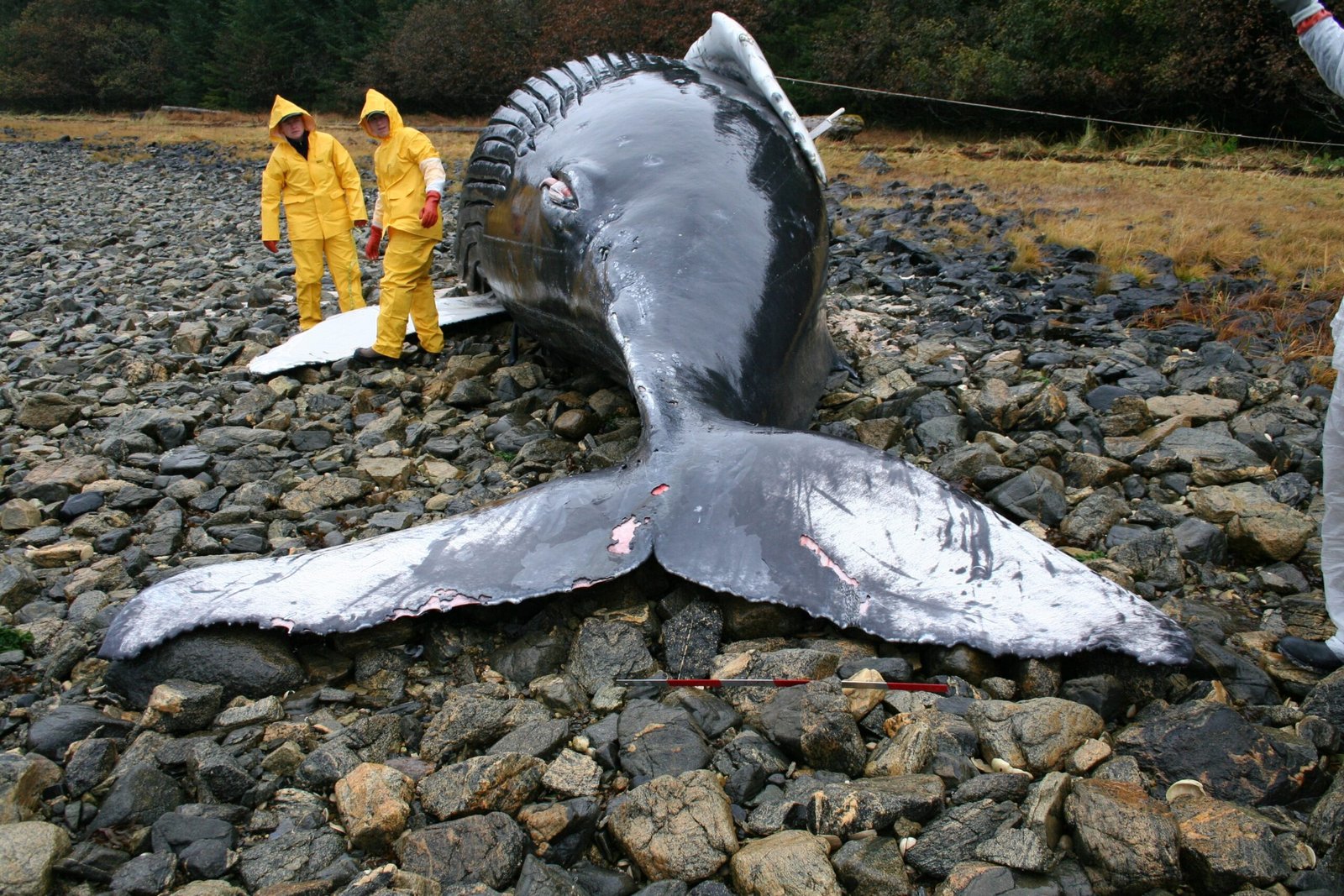
When a whale takes its last breath at the ocean’s surface, the massive body begins an incredible journey that starts with a choice. If the whale dies near the surface, it might float for hours or even days, creating what marine biologists call a “floating whale.” The decomposition gases trapped inside the whale’s body act like a natural life vest, keeping the giant afloat. During this time, seabirds flock to the carcass like it’s an all-you-can-eat buffet, tearing strips of blubber and meat. Sharks appear seemingly out of nowhere, drawn by the scent of blood that can travel for miles underwater. The ocean surface becomes a feeding frenzy that looks like nature’s version of a medieval feast.
The Great Descent – A Journey to the Abyss
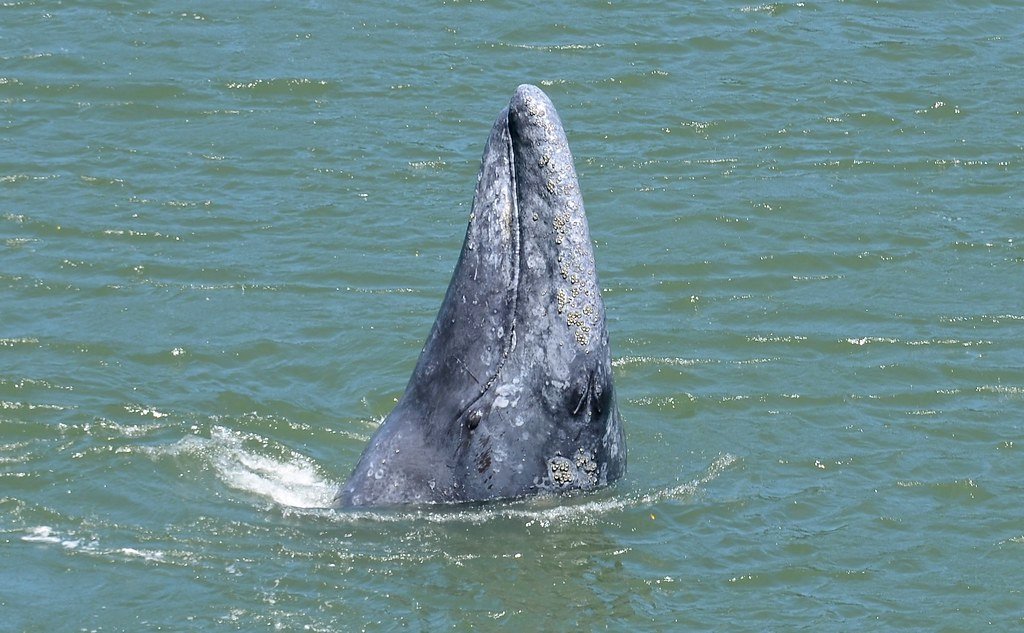
Eventually, the gases escape and the whale begins its final descent to the ocean floor. This journey can take anywhere from a few hours to several days, depending on the whale’s size and the depth of the water. As the massive body sinks, it passes through different layers of the ocean, each with its own unique creatures waiting for their turn. The descent itself is like a slow-motion meteor shower, visible to deep-sea creatures that rarely see anything larger than a jellyfish. Scientists have tracked these sinking whales using underwater cameras, and the footage is both haunting and beautiful – a gentle giant making its way home to the deep.
Whale Fall – The Ocean’s Greatest Gift
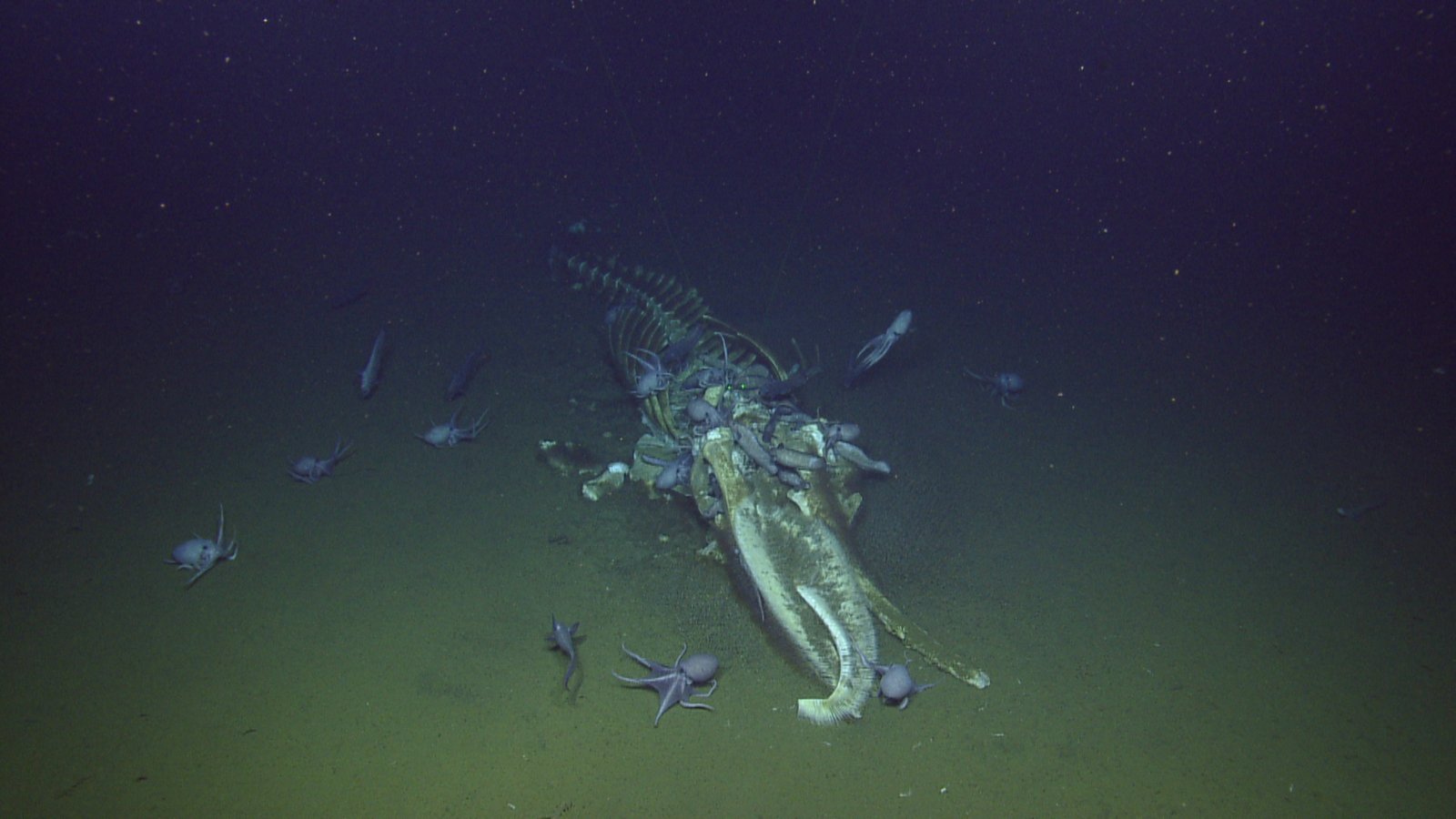
When the whale finally reaches the ocean floor, it creates what scientists call a “whale fall” – one of the most important events in deep-sea ecology. A single whale carcass can weigh anywhere from 30 to 150 tons, delivering more food to the deep ocean floor than the area would normally receive in decades. Think of it as nature’s version of a care package, dropped from the heavens into a world where food is incredibly scarce. The whale fall becomes an underwater oasis, a beacon of life in the vast desert of the deep sea. This single event can support entire communities of creatures that exist nowhere else on Earth.
The Scavenger Stage – Nature’s Cleanup Crew
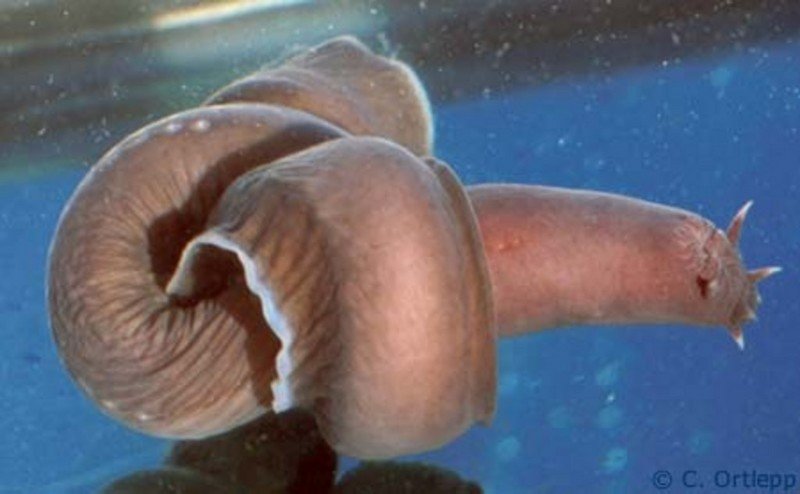
The first visitors to arrive at the whale fall are the ocean’s cleanup crew – hagfish, sleeper sharks, and giant isopods that look like underwater pill bugs the size of footballs. These creatures waste no time in stripping away the soft tissues, working together in a coordinated effort that would make any construction crew proud. Hagfish, those slimy eel-like creatures, can actually burrow inside the whale carcass, eating it from the inside out while living in their own private whale hotel. The feeding frenzy can last for months, with hundreds of scavengers working around the clock to consume the bounty. It’s like Black Friday shopping, but underwater and with a lot more slime.
The Opportunist Phase – Worms and Crustaceans Take Over
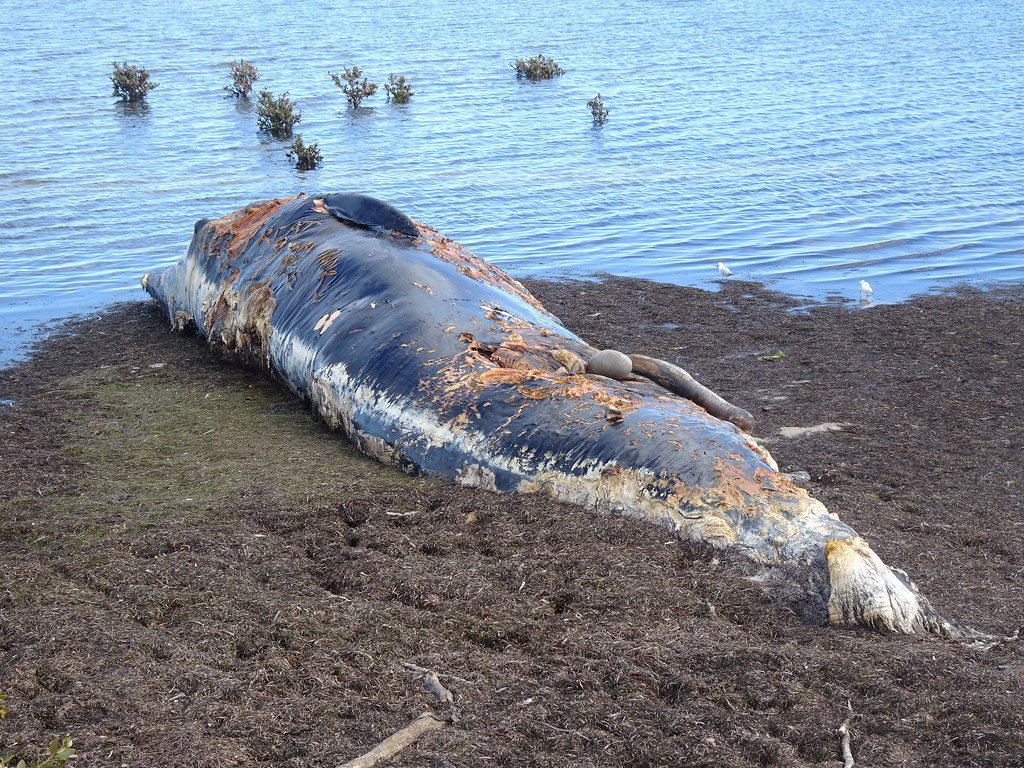
After the large scavengers have had their fill, smaller opportunists move in to claim their share. Polychaete worms, which look like underwater earthworms with attitude, colonize the remaining flesh and bones. These worms can reproduce rapidly, creating entire cities of wiggling creatures that carpet the whale skeleton. Amphipods, tiny shrimp-like creatures, join the party by the thousands, cleaning up the smaller scraps like nature’s own vacuum cleaners. This phase can last for several years, with the whale carcass supporting a bustling community of small but important creatures. The skeleton begins to look like an underwater apartment complex, with every nook and cranny occupied by some form of life.
Bone-Eating Zombies – The Osedax Worms
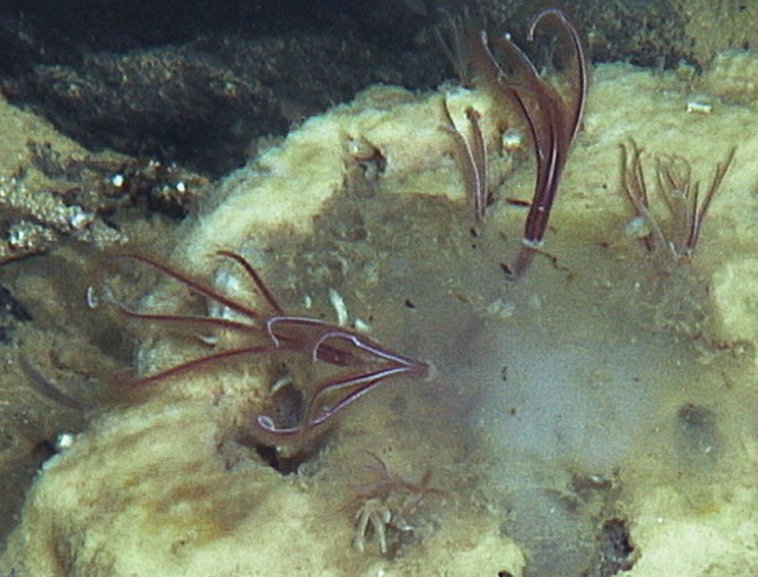
Perhaps the most fascinating creatures to colonize whale falls are the Osedax worms, nicknamed “bone-eating zombies” by scientists who clearly have a sense of humor. These remarkable worms have no mouth or stomach, yet they can dissolve whale bones from the inside using bacteria that live in their bodies. The female worms look like tiny trees growing from the bones, while the microscopic males live inside the females like permanent houseguests. These worms can slowly consume an entire whale skeleton over the course of decades, extracting nutrients from bones that seem completely lifeless. It’s like having a crew of microscopic miners working 24/7 to extract every last bit of value from the whale’s remains.
The Sulfide Stage – Bacterial Metropolis

As the Osedax worms and other creatures break down the whale bones, they create conditions perfect for sulfur-reducing bacteria to thrive. These bacteria don’t need sunlight to survive – instead, they get their energy from chemicals in the whale bones, creating their own food through a process called chemosynthesis. The bacteria form thick, slimy mats that cover the whale skeleton like a living carpet, creating an underwater version of a bacterial metropolis. This bacterial community can persist for 50 to 100 years, making the whale fall one of the longest-lasting ecosystems in the deep sea. Think of it as nature’s version of a renewable energy source, powered by whale bones instead of solar panels.
Unique Species – Creatures Found Nowhere Else
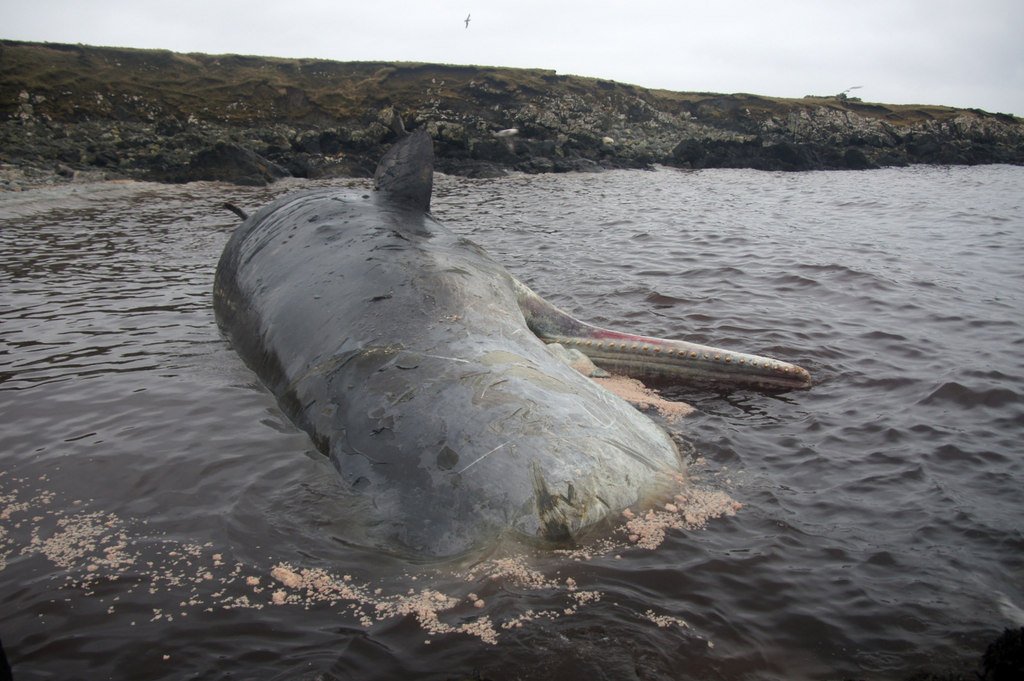
Whale falls are so unique that they’ve evolved their own specialized creatures found nowhere else on Earth. Scientists have discovered over 400 species that live exclusively on whale carcasses, including bizarre worms, clams, and bacteria that look like they belong on an alien planet. Some of these creatures are so adapted to whale falls that they cannot survive anywhere else, making each whale carcass a unique island of biodiversity. New species are still being discovered regularly, with each deep-sea expedition revealing more secrets about these underwater treasure troves. It’s like finding a lost city every time a new whale fall is explored, complete with its own unique residents and customs.
The Stepping Stone Effect – Highways in the Deep

Whale falls serve as stepping stones across the vast expanses of the deep ocean, allowing specialized creatures to travel between distant underwater mountains and thermal vents. These carcasses create a network of oases that connect isolated deep-sea communities, like rest stops on a cosmic highway. Without whale falls, many deep-sea species would be trapped on isolated seamounts with no way to reach other populations. The timing is crucial – a new whale fall must appear within the lifetime of the creatures living on an older, decaying carcass, or entire populations could disappear forever. It’s nature’s version of a relay race, where the baton is a massive whale carcass and the runners are creatures most people have never heard of.
Size Matters – Different Whales, Different Ecosystems
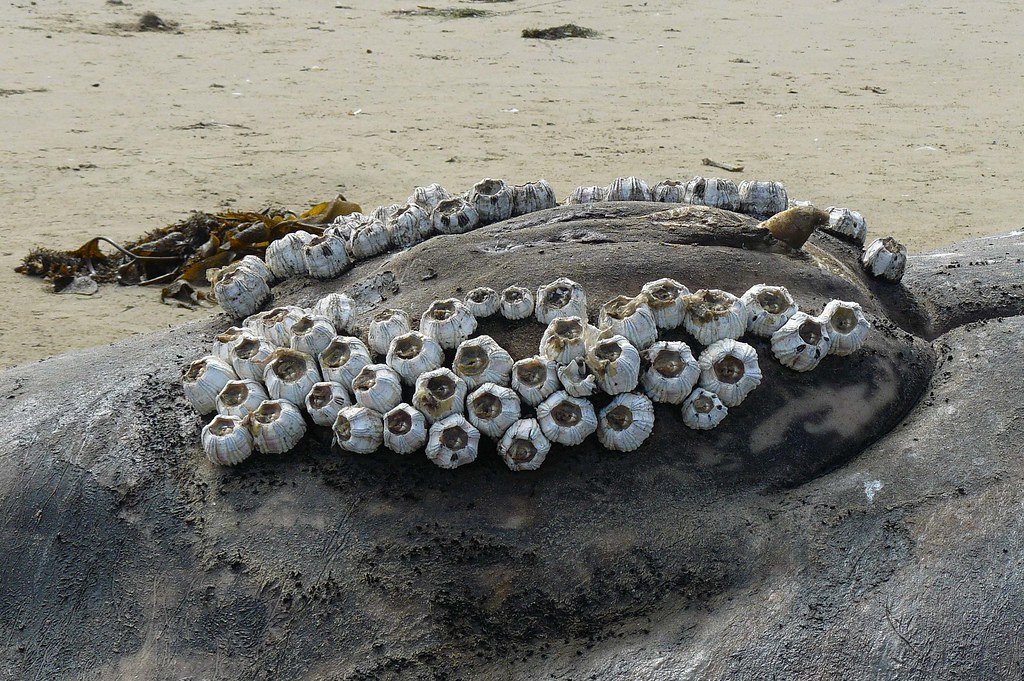
Not all whale falls are created equal – the size and species of the whale dramatically affects the ecosystem it creates. A massive blue whale can support a community for over a century, while a smaller pilot whale might only last a few years. The oil content in different whale species also varies dramatically, affecting which types of bacteria and worms can thrive on the carcass. Gray whales, with their high oil content, create particularly rich ecosystems that can support massive bacterial mats and diverse worm communities. Even the whale’s diet in life affects its death – whales that fed in different areas carry different chemical signatures that influence which creatures colonize their remains.
Temperature and Depth – Location is Everything

The depth and temperature where a whale falls dramatically affects how the ecosystem develops. In the frigid waters of the deep sea, decomposition happens much slower than in warmer, shallower waters, allowing the whale fall ecosystem to persist for decades longer. Pressure also plays a role – the crushing depths of the abyssal plains create different conditions than the shallower waters of the continental shelf. Whale falls in the Arctic can remain frozen in a state of suspended animation for years, while those in tropical waters decompose rapidly. It’s like the difference between storing food in a freezer versus leaving it on a hot counter – location determines everything about how long the feast will last.
The Carbon Cycle – Ocean’s Carbon Storage
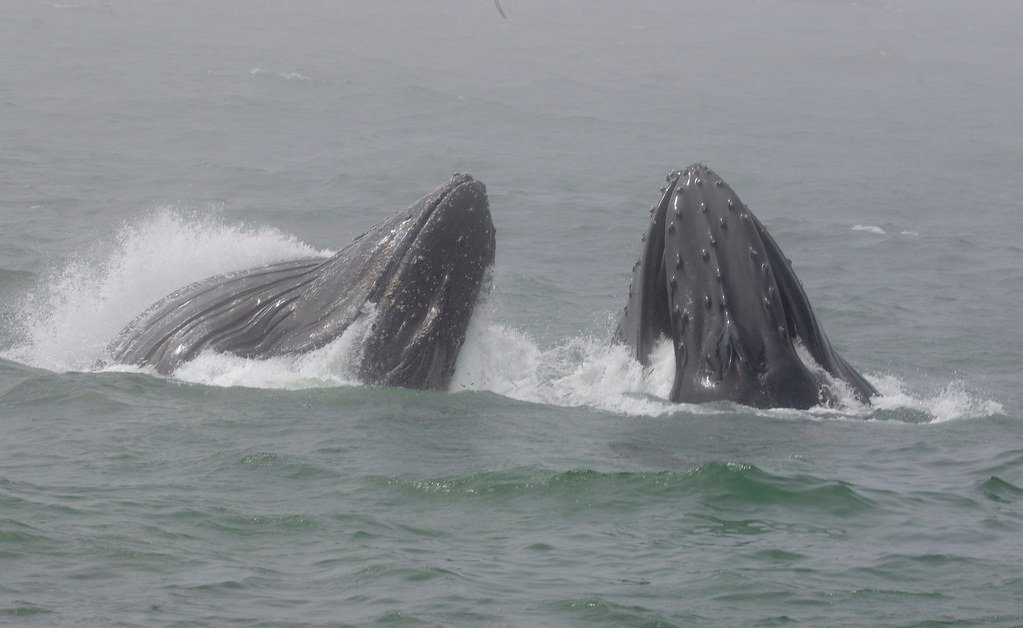
When whales die and sink to the deep ocean, they take massive amounts of carbon with them, effectively removing it from the atmosphere for decades or centuries. A single large whale can sequester as much carbon as 2,000 trees, making whales some of the ocean’s most important carbon storage devices. This carbon gets locked away in the deep sea, where it can remain for hundreds of years before being recycled back into the ocean system. The whale fall ecosystem slowly releases this carbon back into the deep ocean, where it becomes part of the global carbon cycle. Scientists are beginning to understand that whales play a crucial role in fighting climate change, even in death.
Ancient Whale Falls – Fossils from the Deep
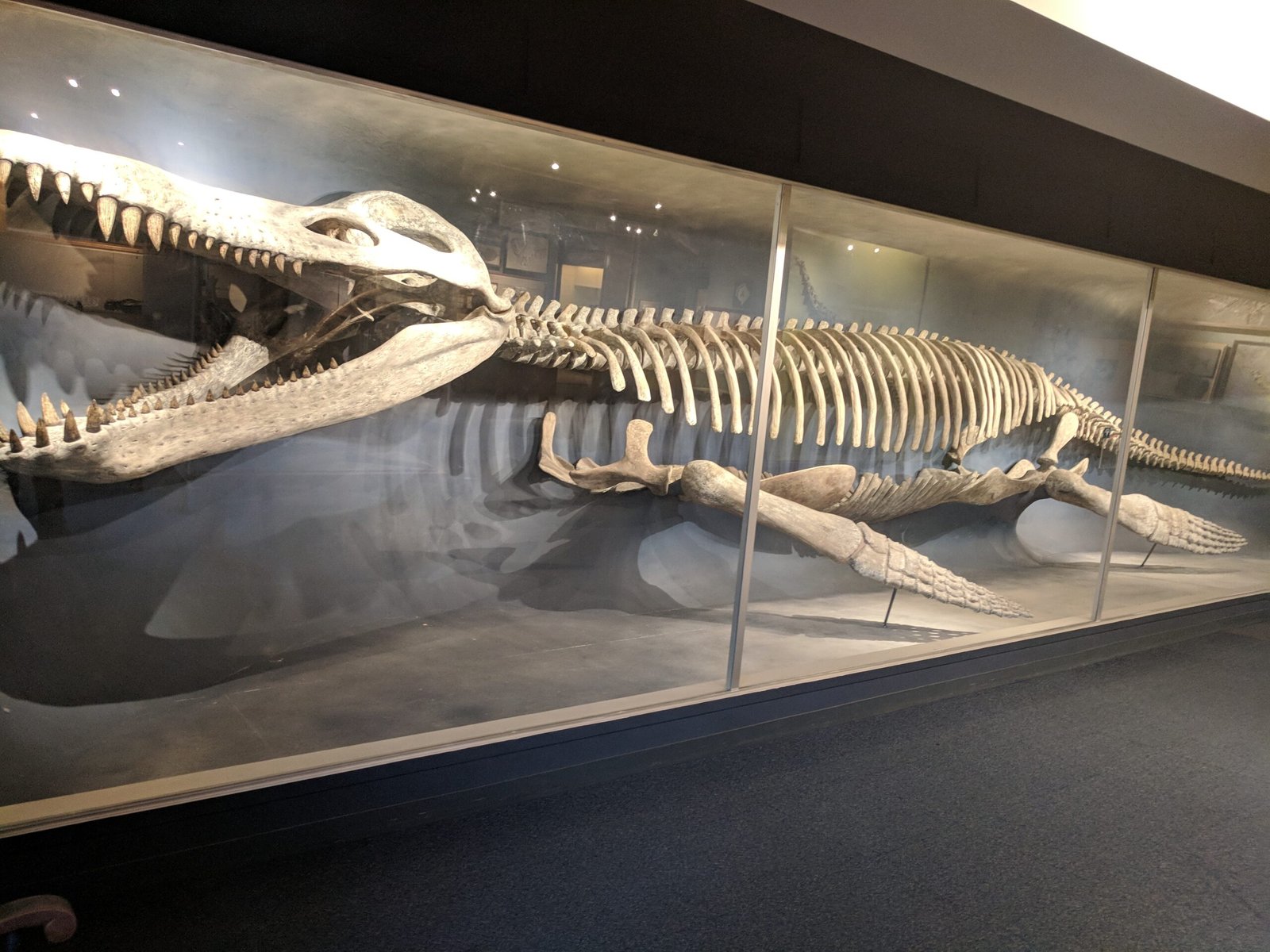
Some whale falls become so perfectly preserved that they turn into fossils, creating snapshots of ancient deep-sea ecosystems. These fossil whale falls have been found in rocks that are millions of years old, showing that this incredible process has been happening for as long as whales have existed. The fossils reveal that ancient whale falls supported many of the same types of creatures we see today, suggesting that this ecosystem has remained remarkably stable over millions of years. Some fossil whale falls even preserve the Osedax worm borings in the bones, creating a permanent record of these bone-eating specialists. It’s like finding a perfectly preserved underwater city from millions of years ago, complete with all its inhabitants still in place.
Human Impact – Threats to Whale Falls

Human activities are threatening the natural whale fall cycle in ways that most people never consider. Whaling has dramatically reduced the number of large whales in the ocean, meaning fewer whale falls to support deep-sea ecosystems. Ship strikes and fishing gear entanglement kill whales in shallow waters, where their carcasses are often washed ashore or removed before they can sink to the deep sea. Climate change is also affecting whale migration patterns and food sources, potentially changing where and when whales die. Even deep-sea mining threatens to destroy whale fall ecosystems that have been developing for decades, wiping out entire communities of specialized creatures in the process of extracting minerals from the seafloor.
Scientific Research – Studying Death in the Deep

Scientists study whale falls using deep-sea submersibles, remotely operated vehicles, and specially designed cameras that can withstand the crushing pressure of the deep ocean. Some researchers have even created artificial whale falls by sinking dead whales in specific locations where they can be monitored over time. These experiments have revealed incredible details about how these ecosystems develop and change over the years. Time-lapse photography of whale falls shows the dramatic changes that occur over months and years, creating videos that look like alien worlds coming to life. The research is challenging and expensive, but it’s revealing secrets about one of Earth’s most important and least understood ecosystems.
Conservation Implications – Protecting the Cycle
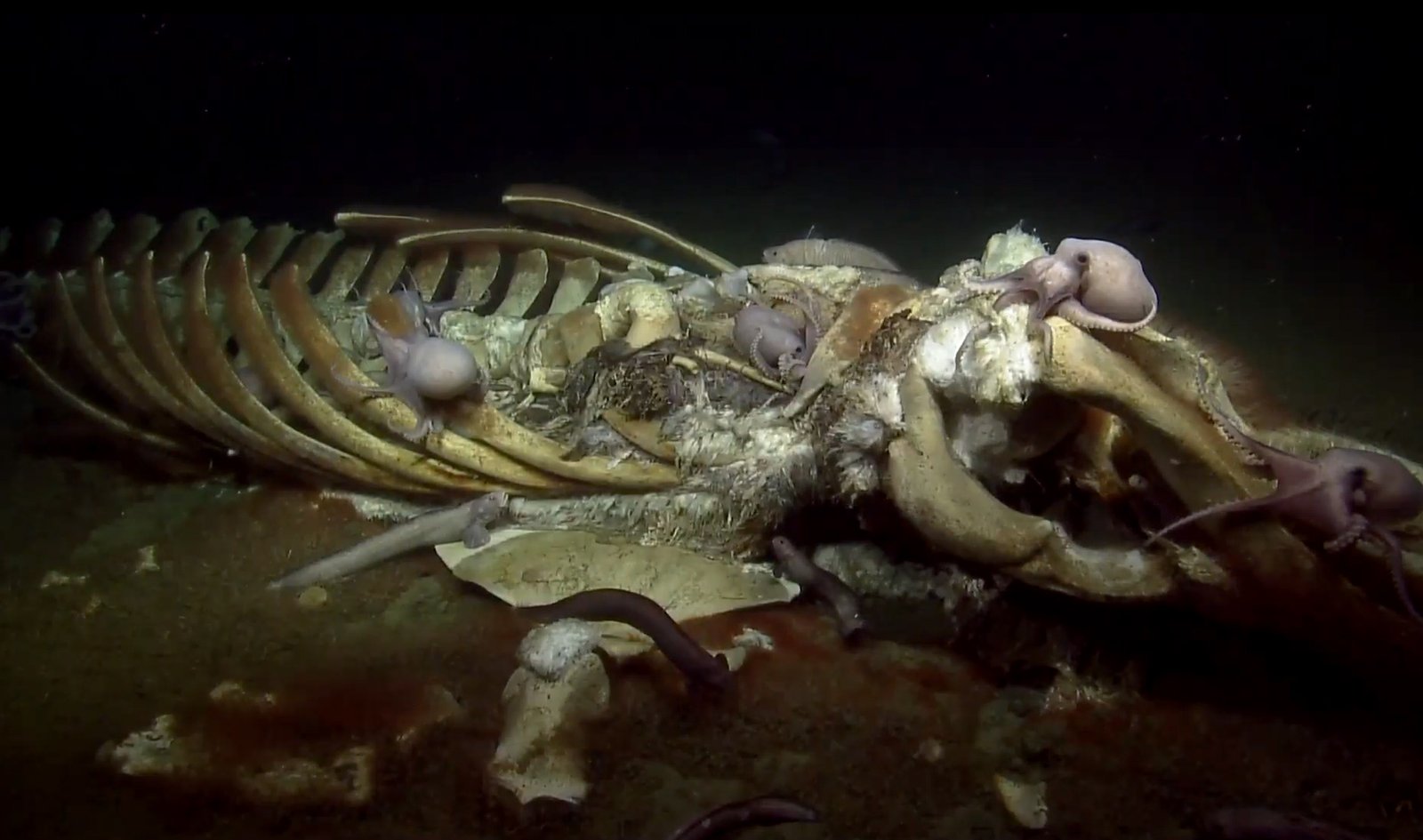
Understanding whale falls has changed how scientists think about marine conservation, revealing that protecting whales is important not just for the whales themselves, but for entire deep-sea ecosystems. The loss of large whale populations means fewer whale falls, which could lead to the extinction of specialized deep-sea species that depend on these underwater oases. Conservation efforts now consider the entire life cycle of whales, including their death and its impact on deep-sea biodiversity. Marine protected areas are being designed to include not just whale feeding and breeding grounds, but also the deep-sea areas where whale falls create their most important ecosystems. It’s a reminder that in nature, death is just as important as life, and protecting one requires protecting the other.
The Future of Whale Falls

As whale populations slowly recover from centuries of hunting, scientists are hopeful that more whale falls will support deep-sea ecosystems in the future. New technologies are making it easier to find and study whale falls, revealing just how important these events are to ocean health. Climate change and human activities continue to pose threats, but growing awareness of whale falls’ importance is leading to better protection efforts. The discovery of new species at whale falls continues at an amazing pace, suggesting that these ecosystems hold many more secrets waiting to be uncovered. Each whale fall represents a unique experiment in evolution, creating conditions that have existed for millions of years but are still revealing new surprises to scientists brave enough to explore the deep.
The death of a whale transforms the deep ocean in ways that scientists are only beginning to understand. From the moment a whale takes its final breath to the decades-long process of decomposition and renewal, these gentle giants continue to give life even in death. The intricate ecosystems that develop around whale falls remind us that every creature, no matter how large or small, plays a vital role in the complex web of ocean life. As we work to protect whale populations around the world, we’re not just saving individual animals – we’re preserving one of the ocean’s most important and mysterious ecosystems. What would you guess happens to all that life when the last bone finally dissolves away?



